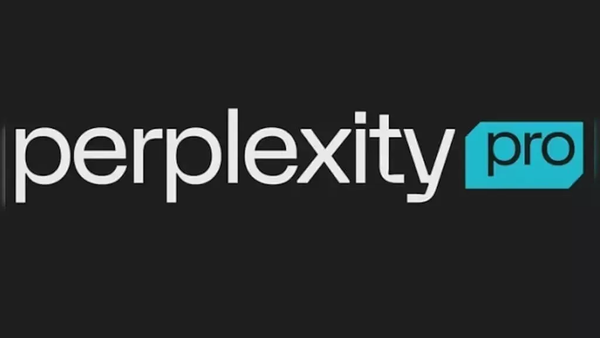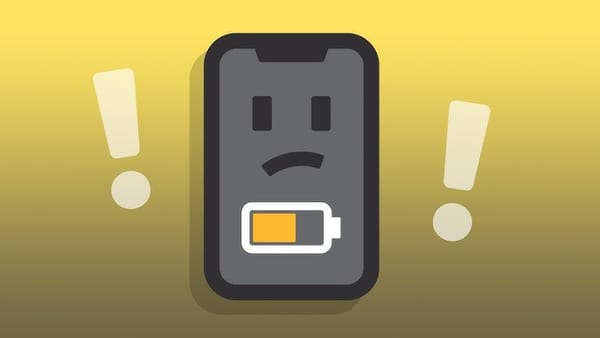The 30% Rule: How to Invest in Your Own Progress
Buy it now so you don’t have to pay for it later.

We all know the feeling.
You’re stuck between two choices: keep going with what tools you have, or take the leap and upgrade.
But nothing’s broken yet.
You find yourself anticipating the end before it arrives or the day they finally give out on you. Imagining failure before it happens.
And then doing nothing because the pros and cons don’t tip the scale in either direction.
That’s the trap: waiting for things to get worse just to have a clearer answer.
But what if you didn’t need 51% certainty?
What if 30% was enough?
That’s where the 30% Rule begins.
So why is it called the 30% Rule?
Because it’s not a total necessity, but it’s not insignificant either.
It’s the position between your current setup and tools working well enough to survive and get by, but not well enough to thrive.
That 30% reflects the level of impact a change might bring, not necessarily groundbreaking, but noticeably better.
It’s that feeling of being stuck on a 50/50 between a yes or a no. With either option, not feeling definitive enough to act on.
The danger of this 30% zone isn’t in urgency, it’s in slow erosion.
The tools, systems, and environments that once worked begin to subtly drag. Not enough to cause panic, but enough to slow your pace. And progress doesn’t slow down for you to catch up.
That’s why it could just as easily be called The Just Barely Rule because the need isn’t overwhelming, but it’s there. Just barely. Lingering.
It’s the kind of friction that doesn’t scream for a solution, but quietly warns that if you keep putting it off, the cost will catch up to you.
These names capture that soft urgency, the almost-yes that’s often your smartest signal to act.
It challenges you to think forward: if you’re feeling the friction now, imagine how much it’ll cost you later.
Buying new upgrades prematurely may seem risky, some might even argue nonsensical, but buying too late or last minute more often can be far more disruptive, and that is exactly what we are trying to prevent.
Whether it’s your phone, your laptop, your car, or even your living space, a new house or apartment. The decision isn’t just about whether it still works.
It’s about whether it’s helping you work better. If it’s not, then it’s not a luxury upgrade; it’s overdue maintenance on your trajectory.
The Mental Model in Practice
The idea is that you’re not buying an upgrade because your old thing has already failed.
You’re buying it because you’ve grown beyond it. And instead of waiting until the it’s fully a problem, you solve it before it derails progress.
This is proactive evolution. This is what forward thinking is. You’re not indulging in newness for the sake of it, you’re protecting momentum.
That’s why it might feel like you’re stuck contemplating between if it’s a definitive yes or no.
Because we aren’t acting upon it when it’s already a definitive answer, but rather before we get hit with either, or when it's already out of our control.
It’s not about striving for a definitive 100% life-changing leap. It’s about claiming that 30% improvement now, so you aren’t forced to scramble later.
Small Steps, Not Strides
The reason the whole concept even works, is because as we know progress isn’t linear. But steady constant progression is.
Think about it like this, if you are going to the gym regularly and getting stronger, your tools need to grow with you.
That’s why gyms have heavier weights, it makes sense. The more you progress, the more your tools need to progress with you. Over time, you personally invest in better clothes, better plans, better nutrition, maybe even a better facility.
These alone aren’t what create progress, they support the results that do.
When those supports start to lag behind, your growth, your progress is at risk and might begin to plateau. Not because of your effort, it’s likely because the environment around you can’t keep up.
You don’t need to leap from dumbbells and resistance bands to purchasing a full home gym overnight.
But you do need to take intentional, incremental steps toward a better setup.
That might be a new fitness tracker, better shoes, or gear to prevent injuries, or even outside of working out things that aid in recovery and support resting.
Each of these things is a small edge. And those edges, stacked over time, keep the needle moving.
Progression Dictates the Path
People often scoff at this mindset with remarks like: “Only buy it when you need it.”
But the truth is, your environment limits you long before you potential does.
Waiting until the last minute, the exact moment you need something, often means acting under pressure, with limited time and less clarity.
You end up in a reactive state of scrambling to build the system and resolve weak points by the time you’ve already reached the next level.
Think of it like getting insurance or switching jobs, for example: you usually don’t quit your job before having another lined up. That’s not just playing it safe. That’s playing it smart.
You prepare before you’re forced to.
You don’t wait for the system to collapse, you build what’s next while your current version still functions.
It’s about setting up tomorrow’s foundation today, so when the shift comes, you’re ready. Not reacting but already in motion.
It’s the same with most things — upgrading your car while the current one still technically runs, replacing a laptop before it starts disrupting your workflow, or moving out of a cramped apartment before it starts draining your energy.
Investing in these changes isn’t a luxury or reckless spending, it’s a sign of understanding and awareness.
You’re anticipating what’s coming, not waiting to be caught off guard. It’s not overindulgence; it’s setting the runway for your future self.
Because your progress shouldn’t have to wait. And neither should your preparation.
The Takeaway
In conclusion, this is when to apply the 30% rule:
- You’re noticing early signs of resistance or friction with your current setup
- You’re already envisioning a better version of your tool or environment
- You can’t stop contemplating whether something needs to change, even if you’re unsure why
Often, it’s not the item itself that holds the answer, it’s the desire to change it that leads the way.
If a thought lingers long enough, it’s not random. Listen to your gut.
It’s highlighting a recurring gap between where you are and where you’re meant to move next.
Maybe the solution isn’t clear yet, but that’s okay. You don’t need to commit to a full leap.
Just continue to analyze and assess that pain point. Figure out what you think the new thing is trying to help you improve, and once you understand that, you are golden.
A 30% improvement is enough to sustain momentum, prevent stall-out, and shift your environment in just the right direction to stay aligned with progress.
It’s not about indulgence. It’s about making sure today’s friction doesn’t become tomorrow’s derailment.
Growth shouldn’t be held back by tools playing catch-up.
If you’re already climbing, make sure the ground under your feet is keeping up.



